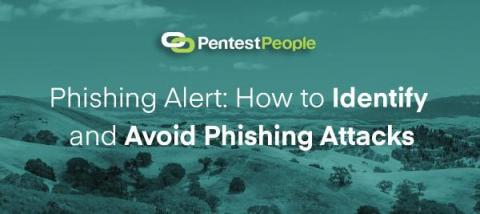How NTFS Alternate Data Streams Introduce Security Vulnerability
You may not be familiar with NTFS file streams, but you use them every day when you access files on any modern Windows system. This blog post explains this feature of NTFS ADS, shows how hackers can exploit file stream functionality in cyberattacks, and offers strategies for defending your organization.










